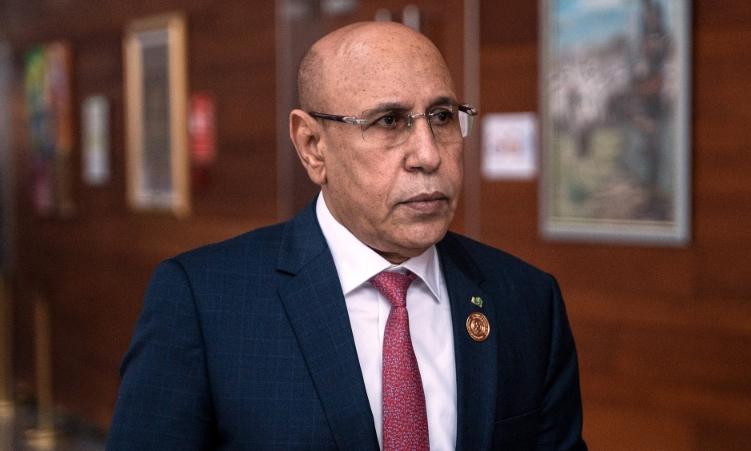Across the Global South, young people are yearning for opportunity and a better life.
However, while 1,2 billion people in developing countries are projected to reach working age over the next decade, only an estimated 420 million jobs will be available to them, leaving nearly 800 million people without a clear path to employment.
Even though some will continue their education, that would only delay, and possibly prolong, the crisis.
The challenge of insufficient job opportunities will be felt acutely in Africa, where nearly one-third of this generation lives.
But forecasts are not destiny.
The need to focus on Africa’s future is obvious, because a world free of poverty on a liveable planet will remain elusive if the continent cannot harness its abundant potential and create sufficient employment and economic growth.
It is equally clear that a successful strategy for Africa would benefit from the International Development Association (IDA), which wields a powerful development tool: Affordable financing.
The task is immense because Africa’s challenges are great.
Nearly 500 million Africans live in poverty, while conflict, climate change, unsustainable debt burdens and other crises cast a shadow over the continent’s economic outlook.
The good news is that there is a path to progress, as evidenced by countries that have prospered by using IDA’s grants and low-interest loans, embracing good governance, investing in their people, and fostering a business-friendly investment climate.
Africa could take a similar path, but will need the help of organisations like the G7 and others.
ELECTRICITY AND TRANSPORT
We believe a focused strategy that generates jobs while providing the foundational ingredients for development is essential to that journey. In our view, this plan should be anchored in five pillars.
First, we must improve access to electricity, which is a fundamental human right and essential to development.
The World Bank Group is working with the African Development Bank to provide electricity to half of the 600 million Africans lacking access to power by 2030, which will require the support of development partners, governments, and private sector investors to succeed.
Second, building efficient, high-quality infrastructure is crucial for trade.
Moving goods between African countries can be a lengthy and expensive process.
Road and rail networks are insufficient, maritime transport is modest, and border wait times are prohibitively long.
In a region where 470 million people don’t have reliable year-round transport, investing in physical and digital infrastructure – including cross-border payment systems – will create job opportunities by increasing trade, integration, and financial inclusion.

FARMERS AND FERTILISER
Third, investment in agribusiness must increase. Only 6% of Africa’s farmland is irrigated, compared to 37% in Asia, and the continent has one of the lowest rates of fertiliser use in the world, leading to yields that are one-third of the global average.
With the right fertiliser for the right soil and improved irrigation, Africa’s farmers could boost production, labour demand, and incomes, which could then be used for food, school supplies, and medicine.
For example, an IDA-financed initiative in Mauritania and its neighbouring Sahel countries is helping 390 000 farmers – almost half of them women – irrigate their farmland using affordable technologies.
Fourth, healthcare systems must be strengthened. The World Bank Group aims to help low- and middle-income countries provide health-care services to 1,5 billion people by 2030 – which would demand skilled jobs.
But we must think even bigger, because strengthening health infrastructure and pandemic preparedness is essential to development.
COMMITMENT
Lastly, promoting tourism would create jobs for women, who make up the majority of the sector’s workforce, and accelerate economic growth.
However, this will depend on improved infrastructure and access to electricity and healthcare.
Like the other four areas, it also requires a commitment to education and skills development to succeed, built with a digital foundation.
IDA is the largest provider of financing and the main source of liquidity for many African countries.
Last year alone, 75% of IDA’s commitments – more than US$25 billion – were to Africa, a 24% increase over five years.
Its financial model turns every donor dollar into nearly four dollars in new resources.
If successful, proposed measures to simplify IDA would improve access and help countries focus more on developing real solutions for their people.
- *Mohamed Ghazouani is the president of Mauritania and chairperson of the African Union; Ajay Banga is the president of the World Bank Group.
– Copyright: Project Syndicate, 2024
Stay informed with The Namibian – your source for credible journalism. Get in-depth reporting and opinions for
only N$85 a month. Invest in journalism, invest in democracy –
Subscribe Now!










